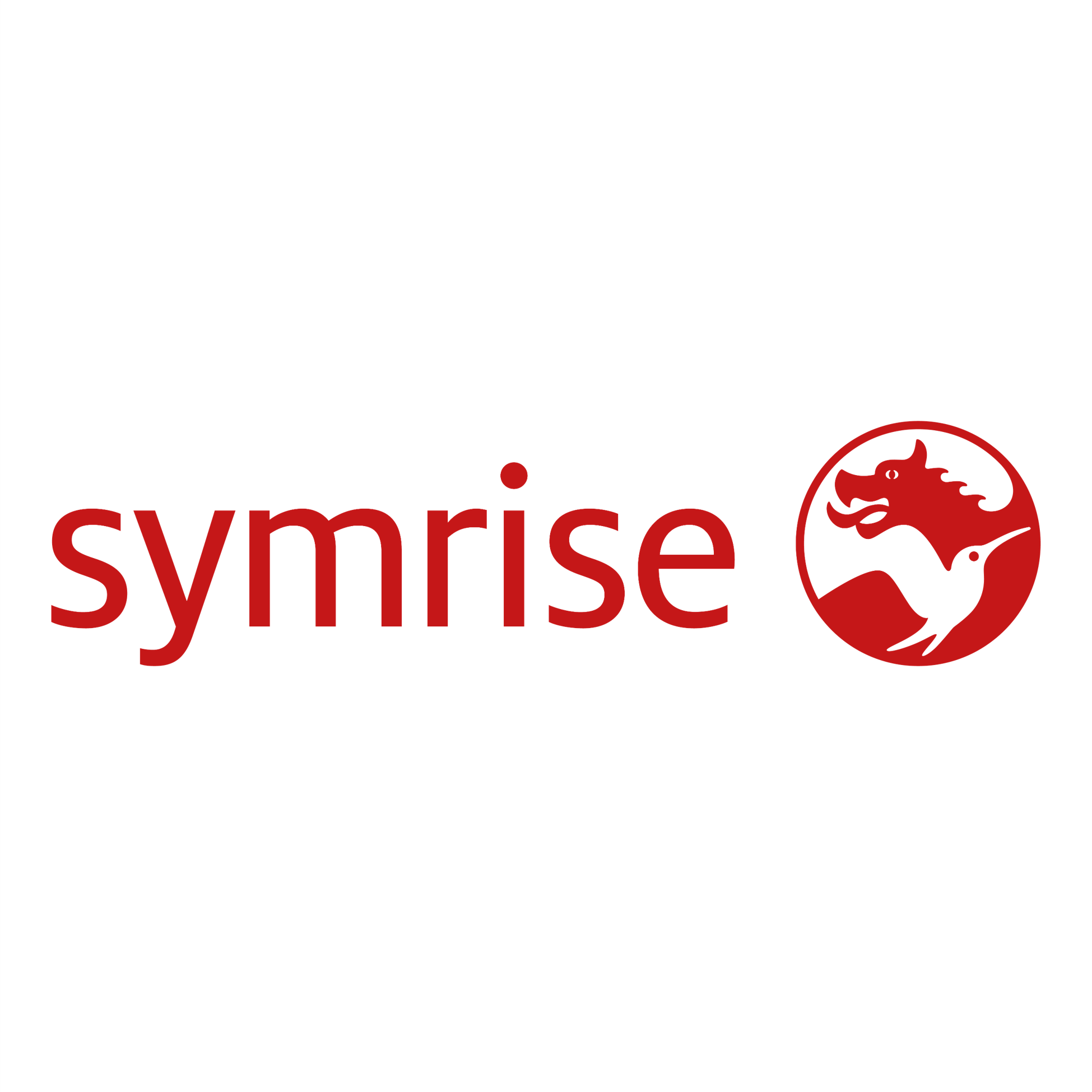Magnolan®
Synthétique
Fruity > Green Fruits > Grapefruit > Tropical Fruits > Green

Crédits photo: ScenTree SAS
Other names :
2,4-dimethyl tetrahydroindenodioxine ; 2,4-dimethyl-4,4a,5,9b-tetrahydroindeno(1,2-d)-1,3-dioxin ; 2,4-dimethyl-5,6-indeno-1,3-dioxan ; Magnolia indene ; Magnolial
Volatility :
Head/Heart
Uses in perfumery :
Magnolan® is used for rhubarb and exotic fruits (mango) accords, floral (magnolia, geranium), citrus (grapefruit) notes, usually associated with woody and green notes. It brings modernity and roundness to citrus notes.
Natural availability :
Magnolan® can't be found in nature. It can't be used as a plant extract.
Year of discovery :
1967
Other comments :
Magnolan® takes its name from its smell, evoking magnolia flower. It is often used for representing this flower in perfumes.
Price Range :
€€
Stability :
Stable in perfumes and in diverse functional bases

Crédits photo: ScenTree SAS
- Molecular formula :
- C13H16O2
- Molecular Weight :
- 204,27 g/mol
- Density :
- 1,088
- Flash Point :
- 136°C
- Fusion Point :
- -40°C
- Appearance :
- Colorless liquid
- Log P :
- 2,7
- Boiling Point :
- 258°C
- Detection Threshold :
- Donnée indisponible.
Synthesis route :
Magnolan® can be synthesized by reacting Indene with Acetaldehyde.
Synthesis precursor :
Magnolan® is not a precursor for the synthesis of another compound of olfactive interest.
Isomerism :
Magnolan® has four asymmetric carbons. Nevertheless, a mixture of its diastereoisomers is used in perfumery.
Cis-3-Hexenyl Benzoate is a constitutional isomer of Magnolan®. Although, these two compounds don't have the same smell.
- EINECS number :
- 248-561-2
- FEMA number :
- Donnée indisponible.
- JECFA number :
- Donnée indisponible.
- FLAVIS number :
- Donnée indisponible.
- Allergens :
- This ingredient does not contain any allergen.
- IFRA :
- This ingredient is not restricted
To learn more about IFRA's standards : https://ifrafragrance.org/safe-use/library
ScenTree is solely responsible for the information provided here.

